Daly House Museum In Brandon
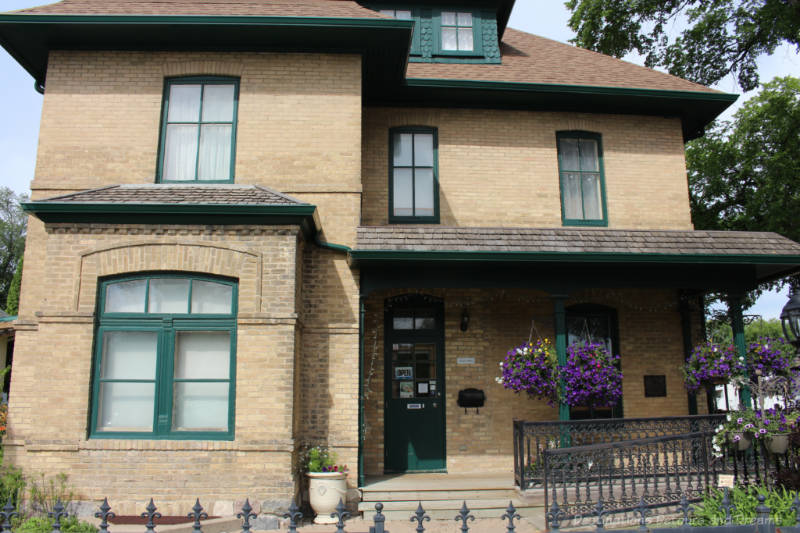
A house museum and garden in Brandon, Manitoba, Canada provides a look at Victorian-era life and Brandon history
Located on the Canadian Register of Historic Places, the Daly House Museum is one of the oldest standing buildings in Brandon, Manitoba, Canada. The small Victorian mansion, nestled in the heart of downtown Brandon, was built in 1882 for Thomas Mayne Daly, the city’s first mayor.
Now operating as a museum, it contains antiques from the 1880s to the 1920s as well as artifacts and archival material representative of Brandon’s early history. With an original oak staircase, brick fireplace, and oak floors, the museum showcases Victorian Era living of the more well-to-do. It also contains exhibits about the city’s heritage. Beside it is an elegant Victorian Garden.
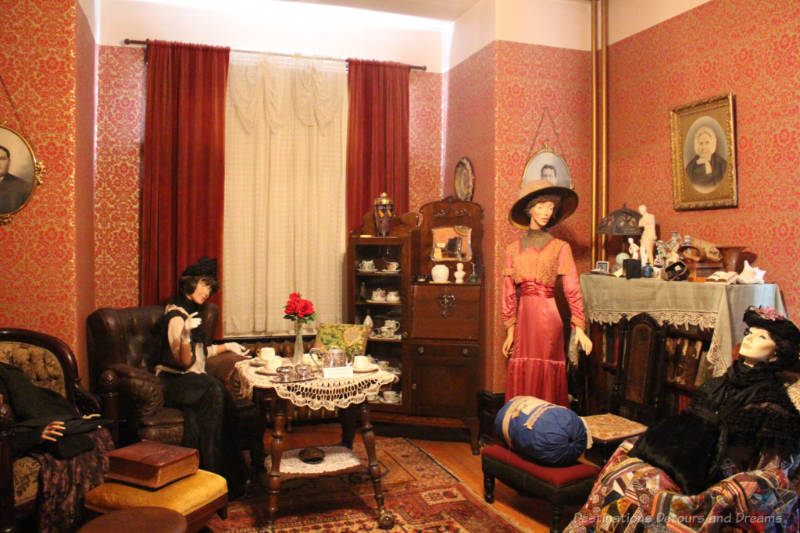
Admission prices include a guided tour. You can also opt to go through on your own. Duotang folders of information in each room provide details about the various objects you’ll find in the rooms. Signage also includes QR codes you can scan to get more information about particular items.
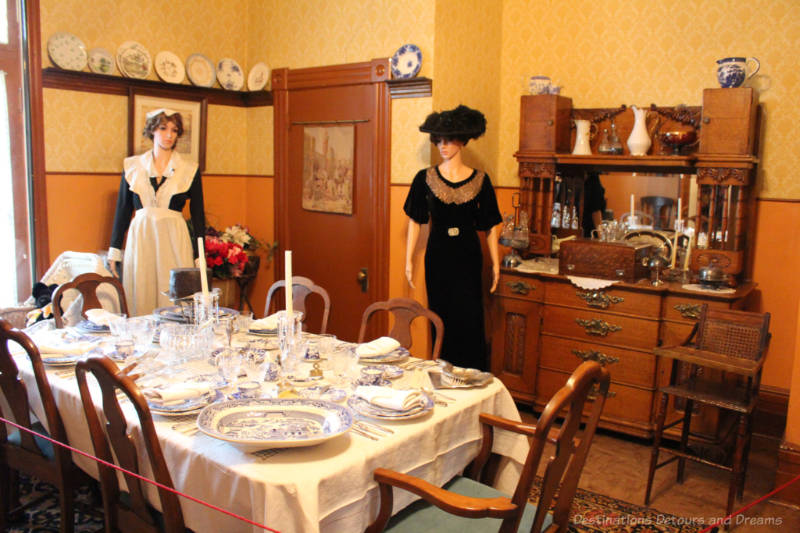
The rosewood dining table dates to 1912. The Blue Mikado china pattern by Royal Crown Derby is from the 1930s, but the company made a similar pattern in the 1800s.
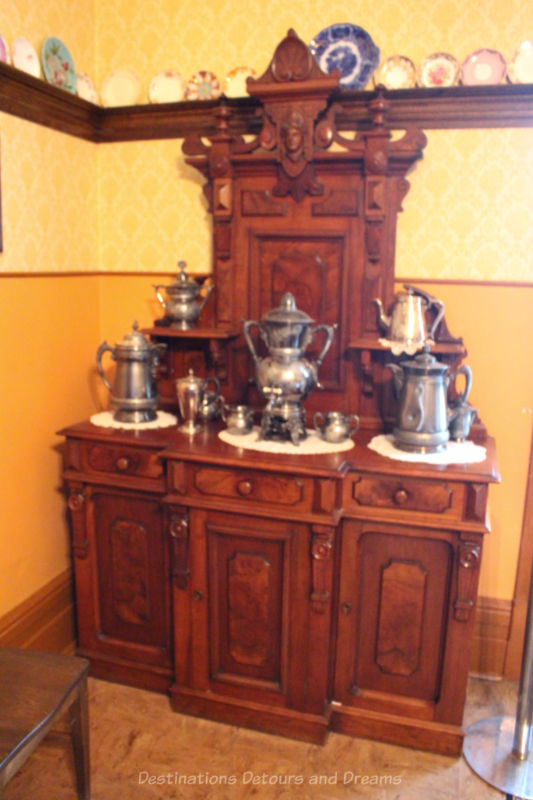
Also located in the dining room, a burled walnut sideboard predates the 1870s and came to Manitoba from Ontario. Silver pitchers match the silver coffee urn and date to the 1890s. A silver teapot was a wedding gift from a groom to his bride in 1870.
The information about the dining table, china, and sideboard are a small sample of what you’ll find in those duotang folders.
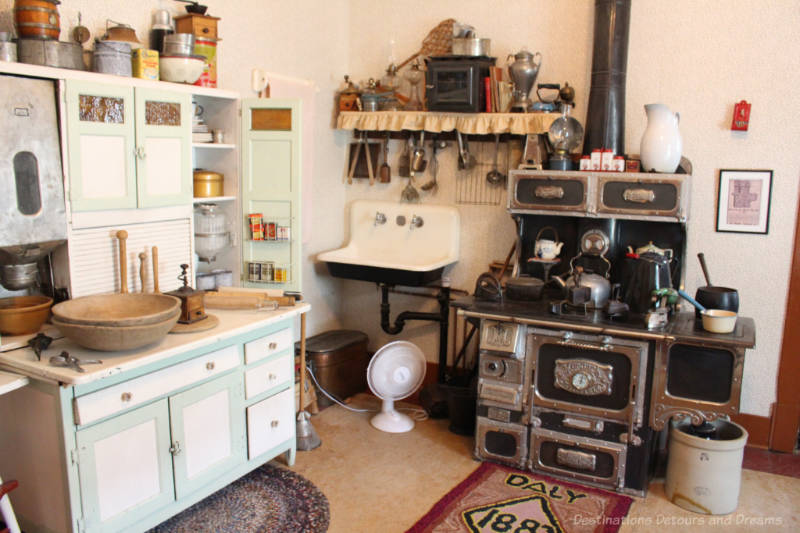
I found one of the features of the work table cabinet in the kitchen particularly interesting. It held a flour container/dispenser on one side and a smaller sugar container/dispenser on the other.
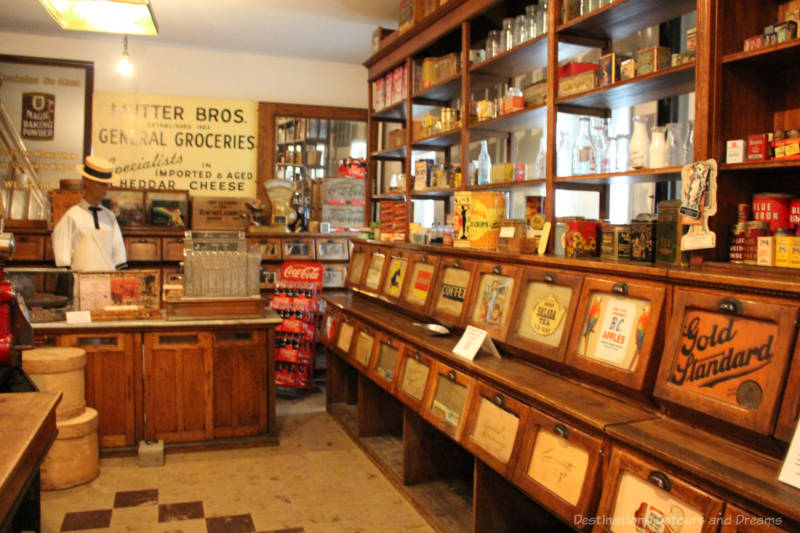
One room on the main floor contains a display recreating Mutter Brothers’ Grocery Store.
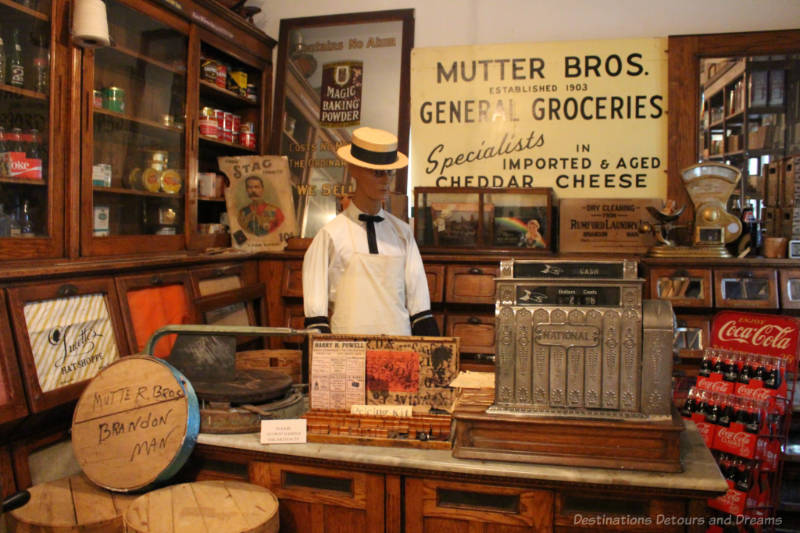
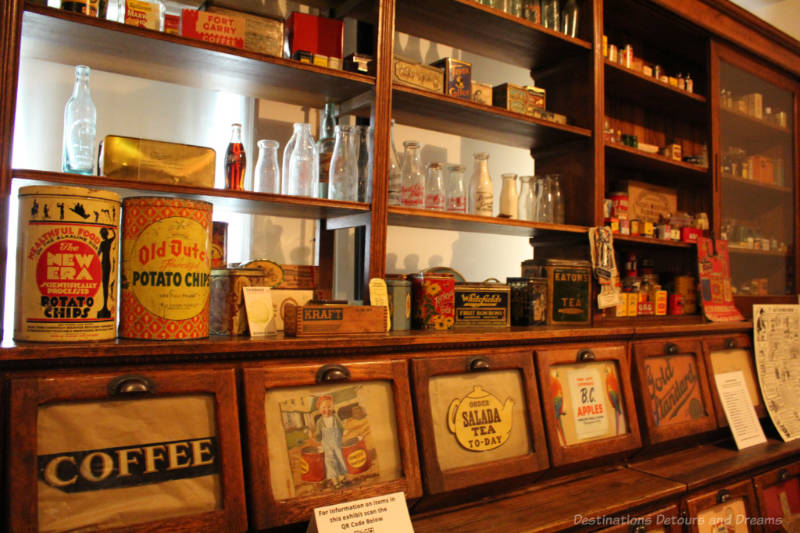
Upstairs are the bedrooms.
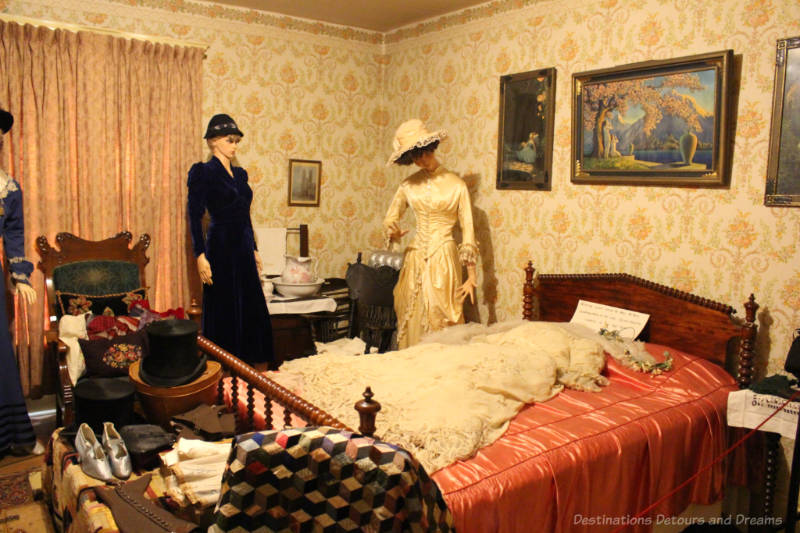
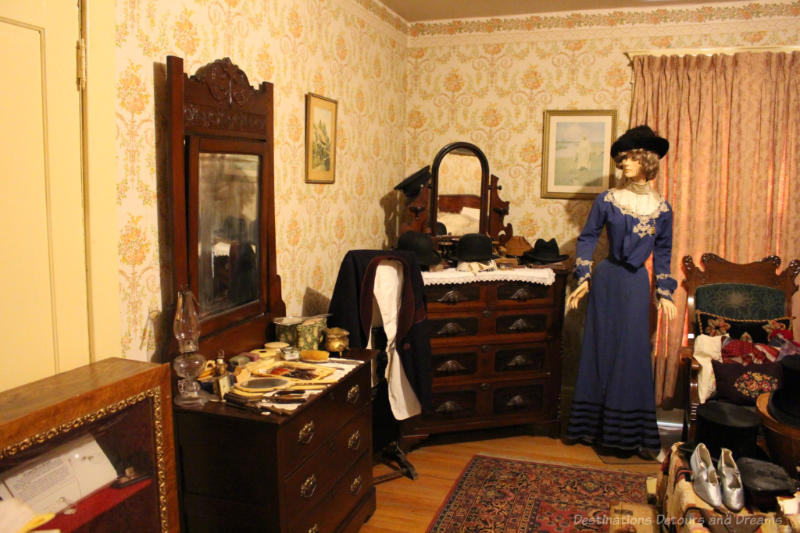
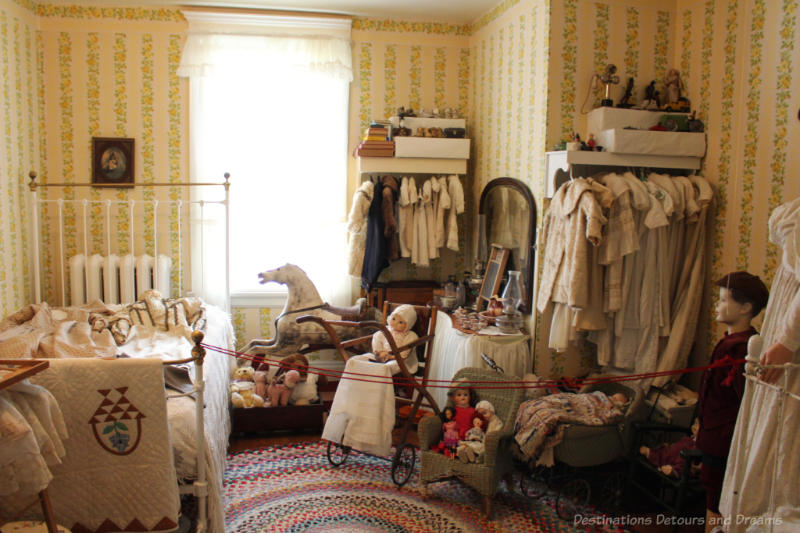
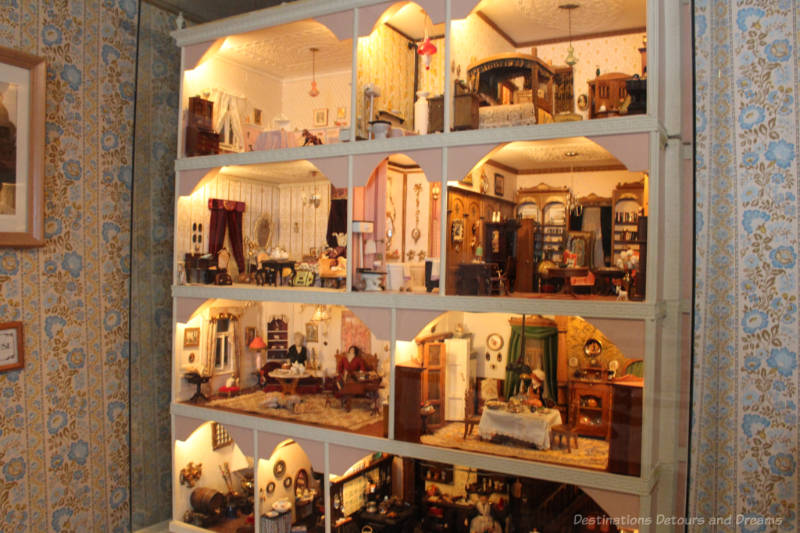
The dollhouse came from a local family. The structure originated in Austria in 1885. Sigrid Green was the main creator of the dollhouse. It was passed down through her family with items added over 110 years.
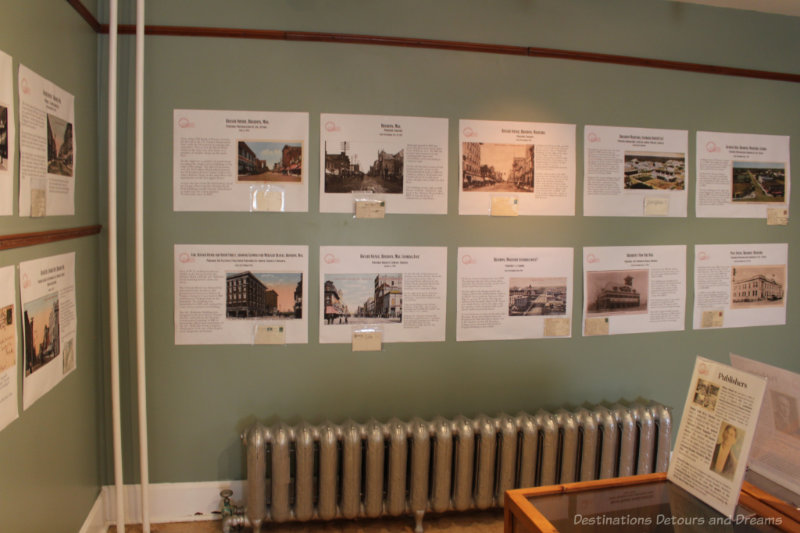
One room on the second floor contains a collection of photographs of old Brandon buildings, many no longer standing, with information about them.
The museum opened in 1978. The 1882 house was originally owned by Thomas Mayne Daly, Brandon’s first lawyer and mayor, Manitoba’s first Federal Cabinet Minister, and Canada’s first juvenile court judge. In 1898, Daly’s law partner, George Robson Coldwell purchased the home. The Coldwell family lived in the house until the 1930s when it was turned into a children’s shelter known as The Maples.
A placard on the wall leading to the basement provides information about that shelter. Originally city-run and administered, the Children’s Aid Society of Western Manitoba took over ownership in 1967 until the home closed in 1972. The shelter held 15 to 23 children, aged 2 to 13 years of age. The majority of children who passed through the home were First Nations, Métis, or Inuit. The placard says that those who lived here described it in a variety of ways. For some it was a temporary home and community. Others shared stories of abuse and discrimination. The placard acknowledges that the children suffered a disconnect from their families and culture. Many are still grieving the loss of their childhood and this trauma can be passed on to following generations.
A collection of small objects and toys leftover from The Maples was found during the Victorian Garden construction in 2010 and in the basement in 2012. The basement was used as playroom by the shelter. Today, the basement contains a variety of historical artifacts.
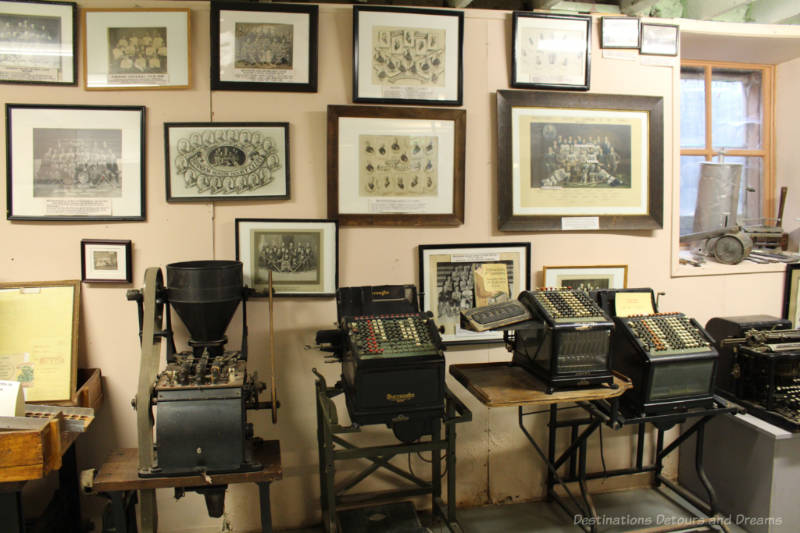
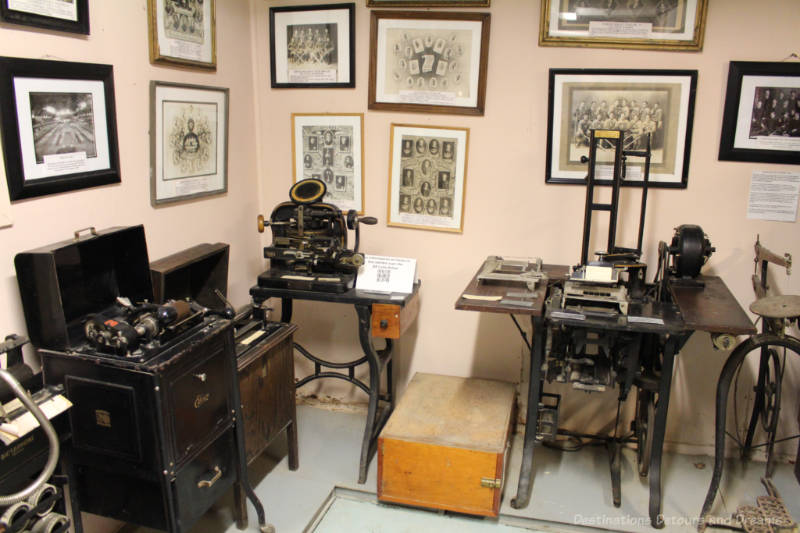
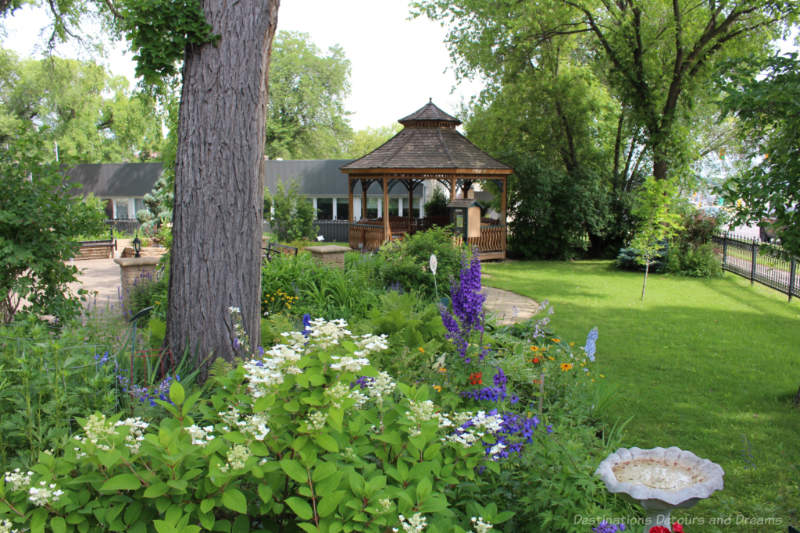
To the side of the house, you’ll find a Victorian Garden.
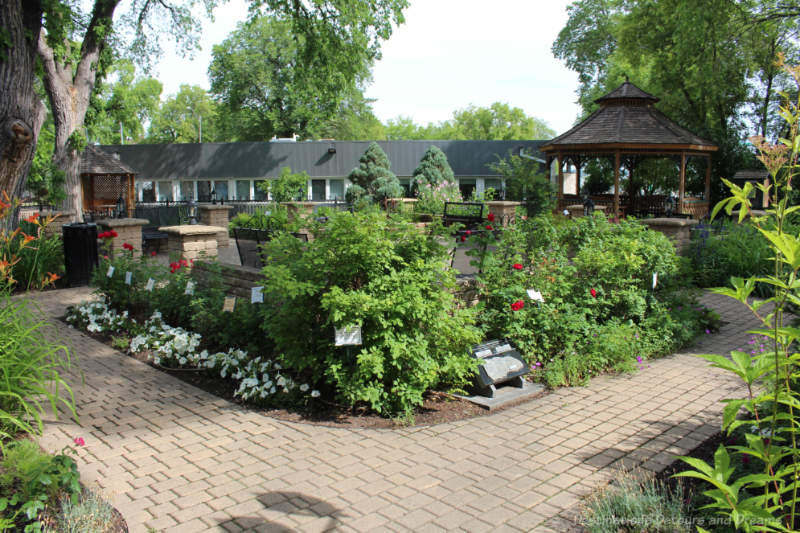
Paths through the garden allow you to see the plants. Signage is present to identify the types of plants and flowers.
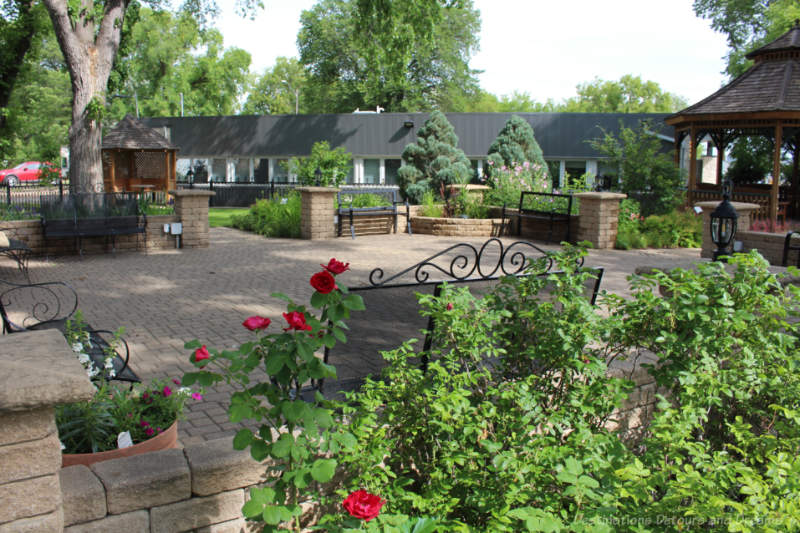
Volunteers maintain the Victorian Garden. It is a peaceful spot that hosts community events and can be rented for photographs, weddings, parties, and other events. Signage in the garden beds identifies types of plants found in them.
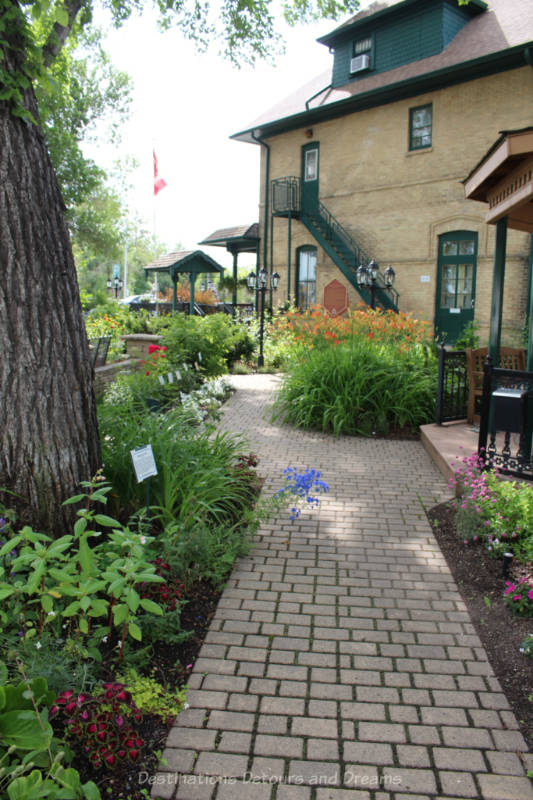
The museum is open year-round but hours vary seasonally. Check the website. Note that it is not wheelchair accessible and it is necessary to climb stairs to see exhibits in the basement and second level.
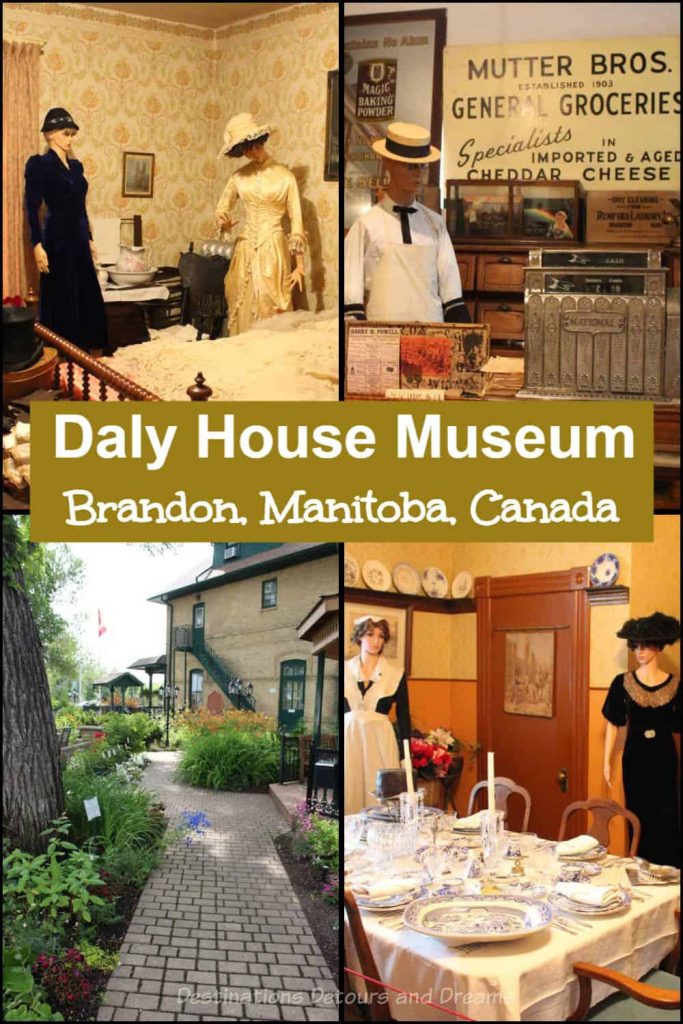
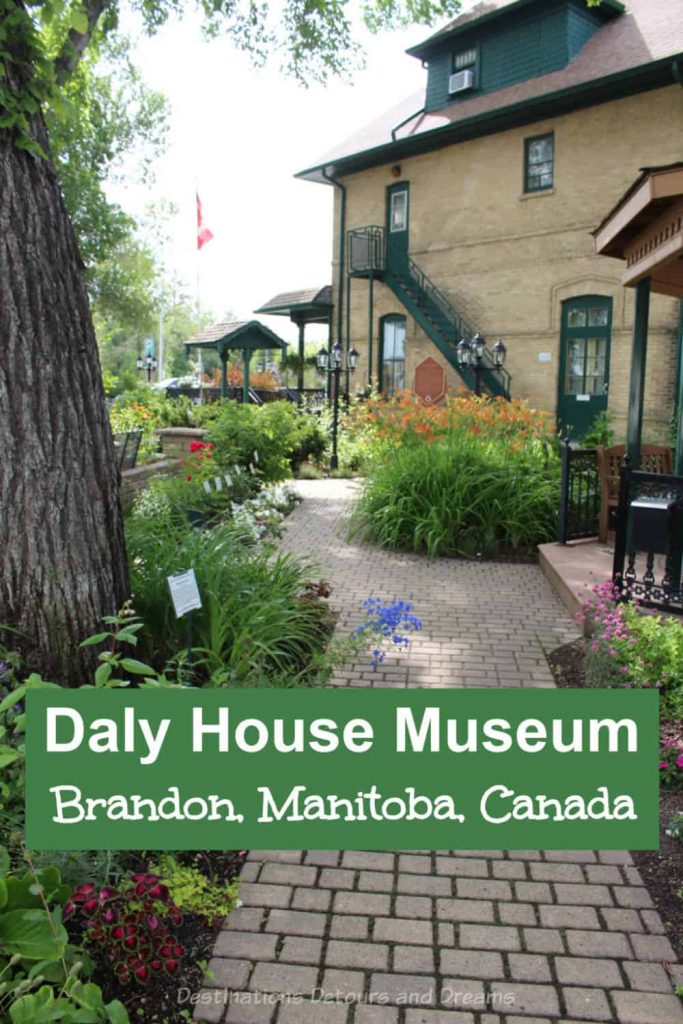
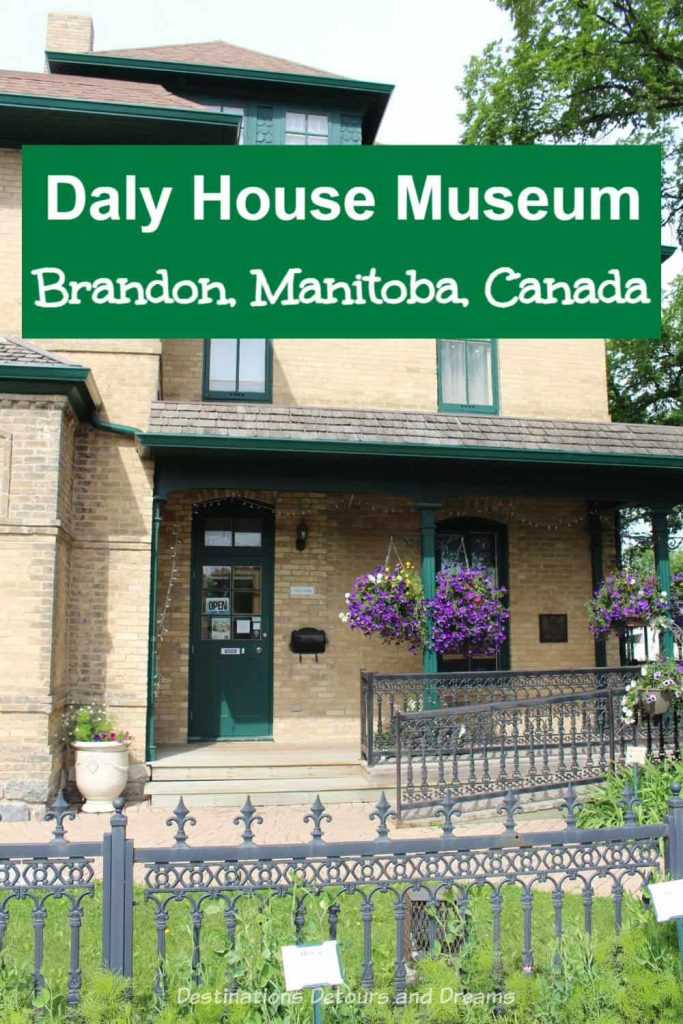

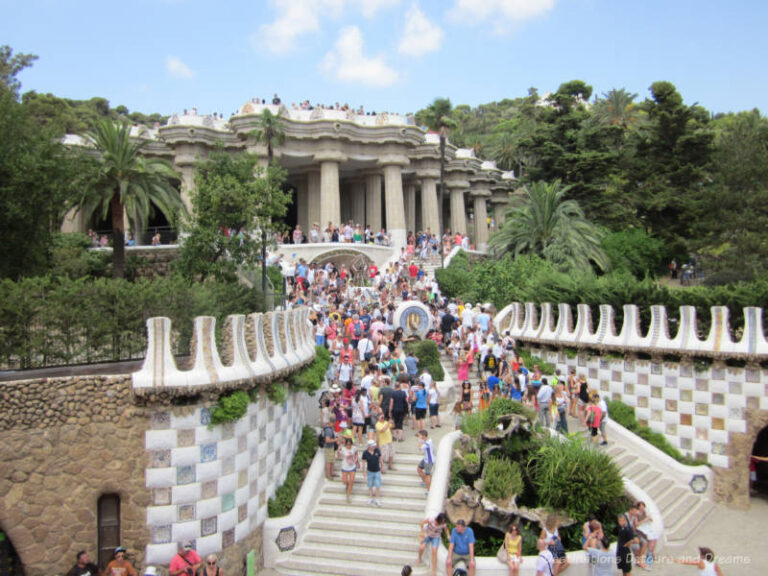
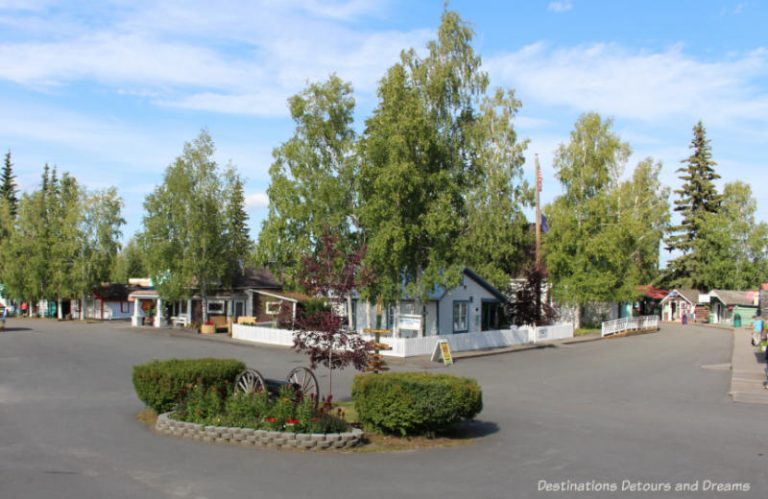
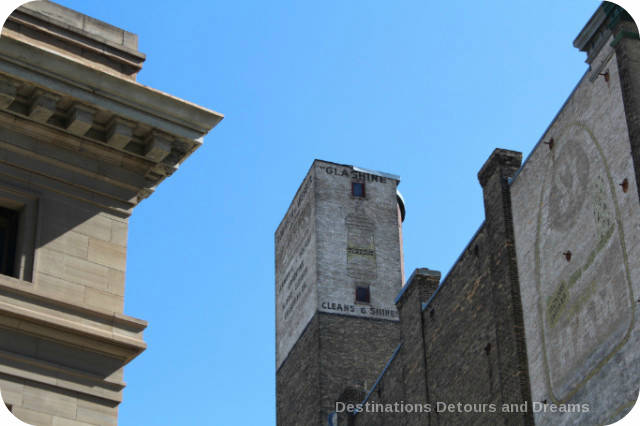
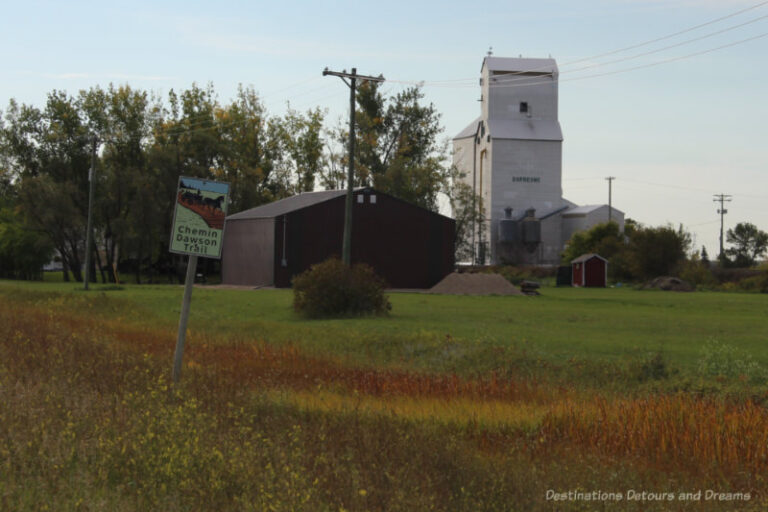
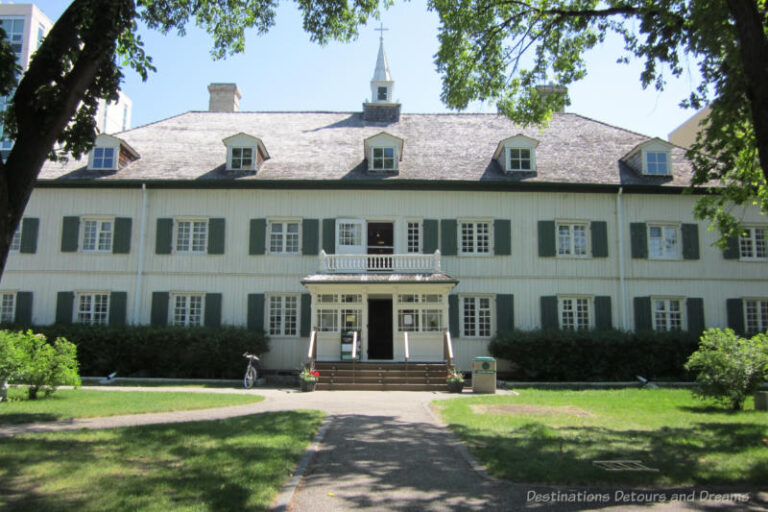
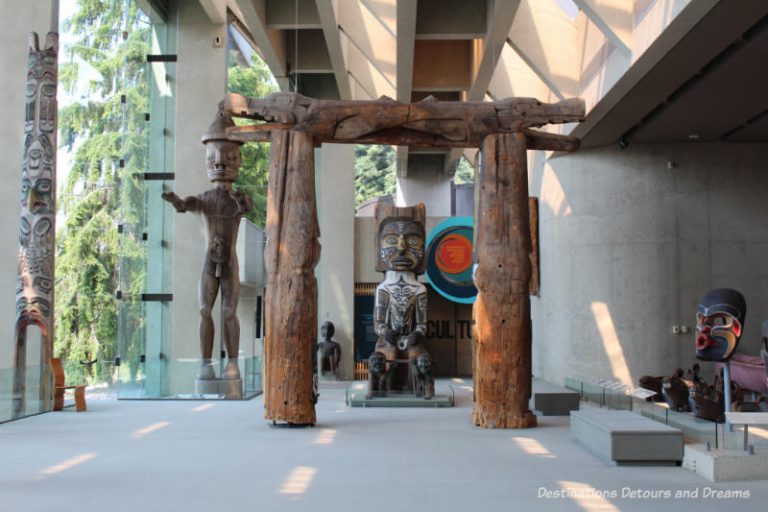
I was especially interested in the kitchen. I don’t think I’d want to do dishes in that sink.
Ken, I don’t think I would either. I didn’t get the details on the sink, but I suspect it may not have been there in the original 1882 construction.
Love Victorian Gardens! Thx for this great post about the Daly House Museum, Donna. Looks like a fascinating place to visit.
Doreen, the garden isn’t huge, although it is a decent size. It is just very pretty and peaceful.